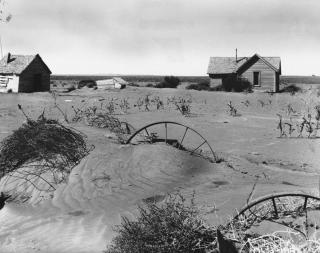November 1st "Climate and Water Report", NRCS-Utah Snow Survey

Current Valley Conditions (SCAN)
The 2021 water year is off to a poor start in Utah’s Valley locations, with most basins recording no accumulated precipitation. The statewide accumulated precipitation during October is just a scant 0.1 inches. This is reflected in the very low soil moisture levels in almost all locations. The continued dryness is also reflected in the extended fire season and extreme drought conditions. All of the state is now in Moderate Drought (D1) or worse, and unfortunately 28.8% of the state is in the Exceptional Drought (D4) category (which is the worst rating given). Hopefully, the coming weather pattern change will start to erase some of these deficits, but it will take more than this one storm cycle to begin to improve Utah’s drought situation.
Current Mountain Conditions (SNOTEL)
While the 2020 water year in Utah started off with promising snowpack conditions last winter, the spring and summer seasons provided extremely low amounts of mountain precipitation. We need the 2021 water year to perform better! Unfortunately, October did not start things off the way we would have hoped… Precipitation at Utah’s SNOTEL sites was only 23% of average in October. Statewide soil moisture is at record lows- currently only 21% of saturation and well below the previous observed levels for this time of year. Reservoir storage is at 61% of capacity, down 13% from last year. Most regions’ Water Availability Indices (WAI), which combine current reservoir storage with streamflow for major Utah watersheds, are well below normal except for the Bear River basin and its subwatersheds and a couple other areas (which are close to average). Several basins in Utah have exceptionally low WAI values, including the Blacks Fork, Eastern Uintas, Lower Sevier, Beaver, Moab, and San Pitch. Utah is in critical need for replenishing snow! So… everyone say it together now: “Snow! Snow! Snow! Snow!” No idea if that will work, but why not try?
To read the entire report, please click here.

